#Dark Age Weapons
Text
youtube
#Kult of Athena#KultOfAthena#Hirdmenn#Sword Fight Saturday#but with axes#IT'S THE TAG OKAY?#axes#shields#Viking#Vikings#Viking Age#Viking Weapons#Medieval Weapons#Dark Age Weapons#weapon#weapons#European Weapons#videos#Danish Weapons#Youtube
11 notes
·
View notes
Text

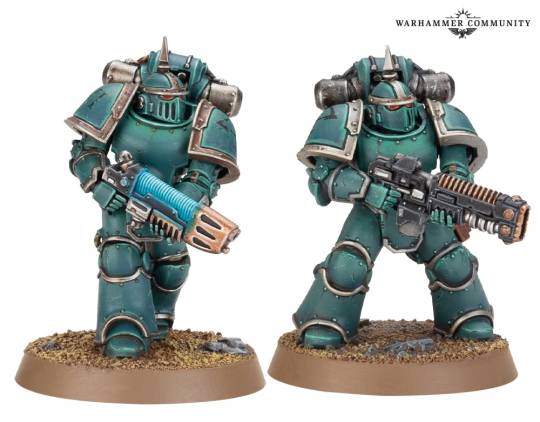
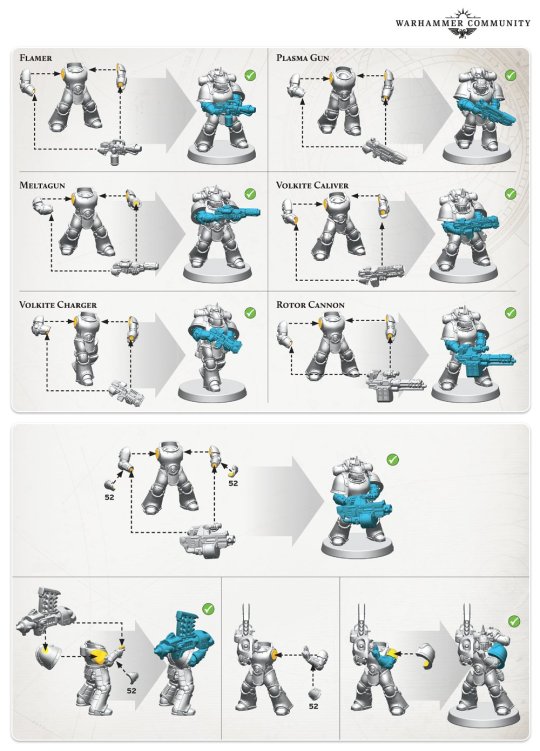
Credit where it's due, this is a lot more efficient of
a solution than releasing separate Mk.III weapon upgrades.
#games workshop#citadel miniatures#warhammer 40k#warhammer 30k#horus heresy#age of darkness#adeptus astartes#legiones astartes#space marines#dark angels#herretic astartes#chaos space marines#traitor legions#sons of horus#mk iii#iron armour#heavy weapon support squad#lascannon#special weapon support squad#volkite caliver#plasma gun#warhammer community
195 notes
·
View notes
Text
coming to any FE game with weapon experience out of engage or fe4 feels like going to the dark ages for me now
#i love you static weapon ranks i love you personal proficiencies#engage does it better by not locking your dancer to fucking c rank weapons though#sure seadall can't really fight but at least he's not “slim or iron unless you get the secret event. fucka you”#“isn't every FE game the dark ages” no no i mean the greek ones not the western european ones
85 notes
·
View notes
Text
Kadi Kidiss, Champion!
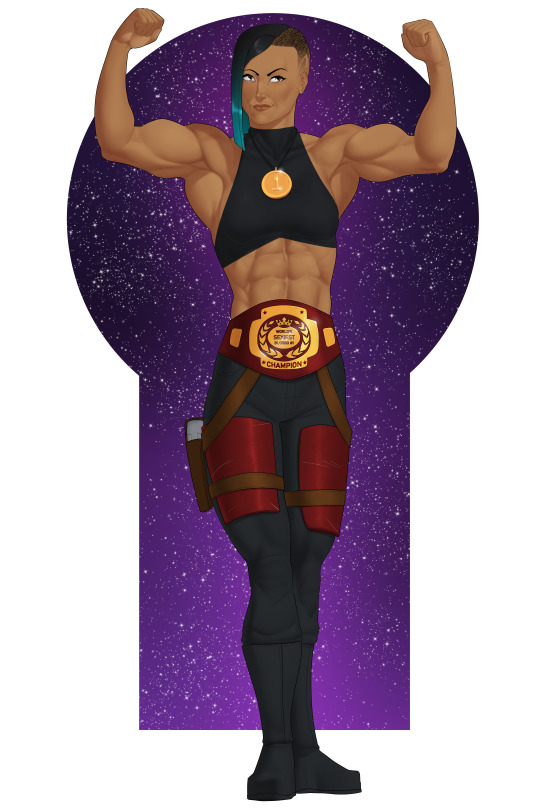
The SFW version of the piece by @cadhla182 for the winner of my Tumblr OC Sexy(wo)man showdown, Kadi Kidiss. Short summary; she's a Clone Trooper, CT-9869, who was among the first to desert the Empire after Order 66. She joined a Mandalorian clan, Clan Kidiss, who were among the first factions to join the rebellion against the Empire, as early as 14 BBY. She's a heavy weapons specialist, a decent pilot, and an absolute fuckboi of a butch lesbian. Like she is the clan bicycle for horny gay ladies. And proud of it.
Her armour is symbolic, though most of it's off here--rebellion, vengeance, justice, redemption--but the important bit is her hair means 'loving/in love' but in this context basically signifies 'DTF'. So.
Anyway my Tumblr followers apparently decided she was my sexiest OC, so she got a special piece done of her. Enjoy!
#my ocs#kadi kidiss#clone trooper oc#mandalorian oc#star wars#gffa#clone wars era#dark times era#age of the rebellion#swse#saga edition#she is heavy weapons gal#and those are her weapons#anyway thanks for attending the gunshow#welcome to my ted talk#etc#enjoy lol
20 notes
·
View notes
Text
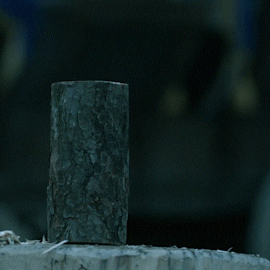

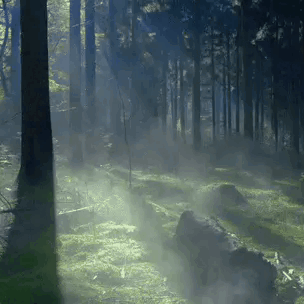

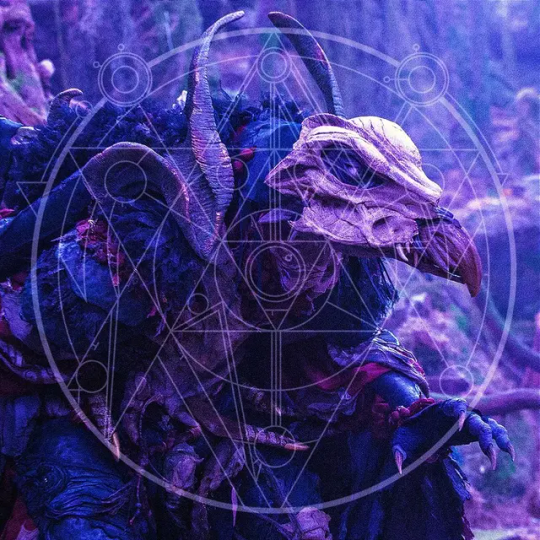



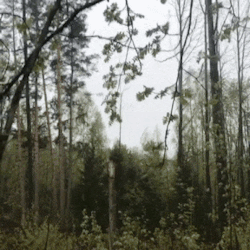
skekMal the Hunter Stimboard
💀|💀|💀
💀|💀
💀|💀|💀
Requests are Open!
#the dark crystal#tdc#tdc:aor#the dark crystal: age of resistance#skekmal#skeksis#weapons#blades#bones#skulls#horror#creepy#nature#forest#black#green#grey#tan#hands#carving#nails#stimboard
16 notes
·
View notes
Text
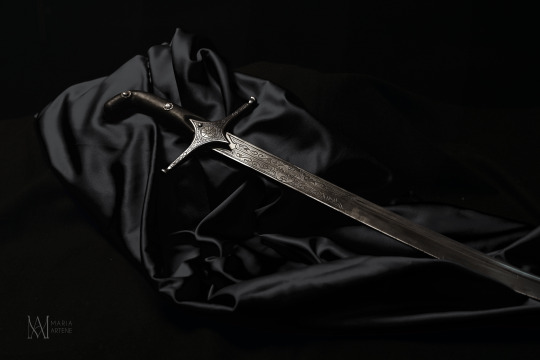
Ottoman shamshir saber replica
made by Ignis Vultus historical reenactment association
#photography#lowkeyphotography#dark academia#dark acadamia aesthetic#medieval#middle ages#16thcentury#1500s#ottoman#ottoman empire#sword#sabre#saber#weapons and arms#swords#history#historical#reenactment#historical reenactment#blacksmithing#europe
35 notes
·
View notes
Text
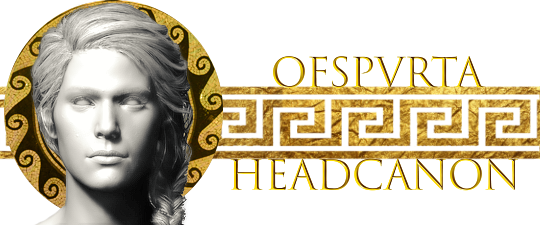
Kassandra's eyes
Kassandra has golden or honey-brown eyes. The kind that catches the light in a way that makes them look like gold, but are otherwise dark when not being directly exposed to light. But there's something about them that makes them a little different, because when that light is directly on them, they don't just have a golden tint to them, they practically glow with golden light. Most might just think it's a trick of the light, but it's Kassandra's hidden Isu heritage. It only becomes more evident after she receives the staff.

#Ψ:|| a tale for the ages | headcanon#this pic is what made me have this headcanon#the way her one eye is such a dark brown but the eye closest to hades' glowing weapon is such a bright golden color.
5 notes
·
View notes
Text
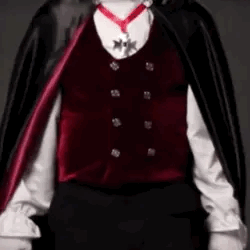
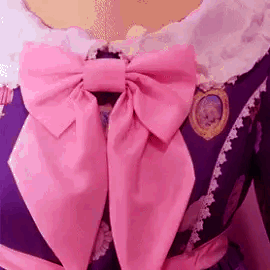
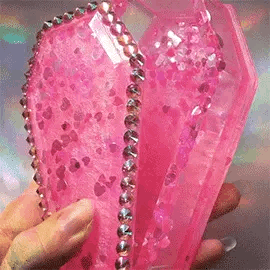




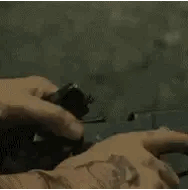
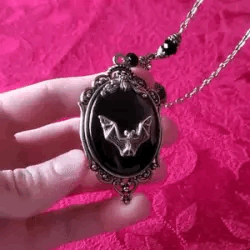
Luke Valentine x Yui Komori for anon!
🩸 🩸 🩸 / 💗 💗 💗 / 🔪 🔪 🔪
#blood /#gun /#age gap /#luke valentine#hellsing#yui komori#diabolik lovers#vampire#fashion#goth#dark#lolita#dress#coffin#resin#teeth#fangs#blood#gun#weapons#necklace#mod riddle#red#black#pink#brown#stim#stimboard#proship
15 notes
·
View notes
Text


Two 17th or 18th century Lantaka cannons or swivel guns from South east Asia.
This type of gun was commonly equipped on native seafaring vessels from the Philippines, Indonesia, Brunei and Malaysia and derived from the swivel guns mounted on Portuguese and Spanish ships of the 16th century.
#naval weapons#swivel guns#south east asia#17th -18th century#age of sail#photos by me#and sorry that they are so dark#they stand very darkly
38 notes
·
View notes
Text
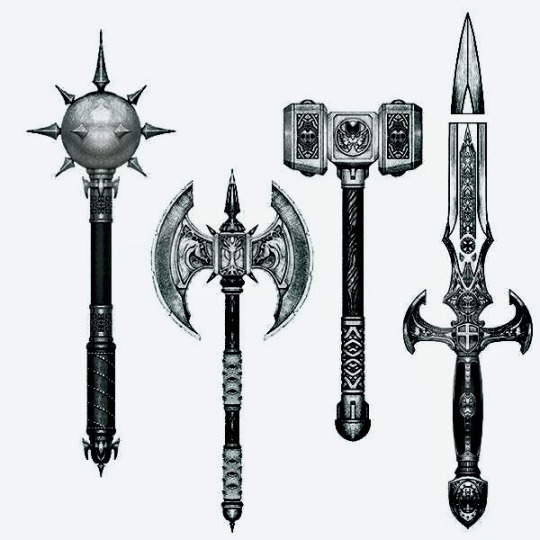
#medieval#weapons#mace knight#dark ages#morning star#axe#mine#my picutre#castle#dead girl#battle#warhammer
31 notes
·
View notes
Text
“Although the Minoans have acquired for themselves a certain “flower child” reputation, they were not totally without weapons. Specifically, the Minoans developed slender swords used mainly for thrusting. These bronze implements had the blade, tang, and hilt made as one continuous piece of metal, with a separate pummel and a handle of horn or wood (or, for the fancier sword, gold or silver) riveted directly to the tang (Oakeshott 1994, 27). Such armaments were more suitable for duel-style combat, possibly ritual rather than full-scale mêlé combat (Peatfield 1999, 68–70). To judge from the remains in the shaft graves at Mycenae, the early Mycenaeans originally adopted these Minoan swords, but quickly adapted them to be more resilient in battle. They strengthened the tang/hilt region to decrease the possibility of breakage during cut-and-thrust fighting. Furthermore, they added flanges along the sides of the blade, to provide added protection for the wielder’s hand (Snodgrass 1999, 16). Finally, the blade acquired a slightly leaflike shape, with a central ridge for added strength. Such swords were far wieldier in combat than the Minoan versions (Oakeshott 1994, 32). Other than swords, the Mycenaeans of the shaft graves used heavy spears (of which only the heads remain); slender javelins; and arrows featuring tips of flint, obsidian, and even bronze.
For defense, the early Mycenaeans used two types of shield. One was the so-called figure-eight shield that they adopted from the Minoans. This shield, when seen from the front, had a figure-eight shape, although in 3-D it had an oval shape with the center sides “curled in” for carrying. Frescoes from this period show animal-hide patterns on these shields, suggesting that they were wooden frames on which animal hides were stretched. A second style was the tower shield, a large, rectangular construction consisting of either wood and hide as with the figure-eight shields or possibly an even lighter material, such as wicker. For the head, there were helmets made of rows of boars’ tusks sewn onto a leather cap. Such helmets are mentioned by Homer, with one famous example belonging to Odysseus himself.
Starting around 1450 b.c.e., a new fashion in defensive armor emerged: bronze plate. The best example of this is a full panoply of armor discovered in a warrior’s grave at Dendra. This had a full gorget for neck protection, pauldrons to cover the shoulders, and complete coverage down the torso to the hips, where the armor flared out for ease of motion. On the whole, it was heavy and probably did not allow for long, sustained combat, but it did offer almost full body protection (Snodgrass 1999, 21). Within the next century, new elements were added to the warrior’s panoply, including a bronze helmet and, unique to the Greeks, bronze greaves, which protected the shins and ankles (Snodgrass 1999, 25).
By the end of the Bronze Age, the Greek arsenal once again reinvented itself. Two new styles of sword appeared at this time in the archaeological record. One was a short sword with a strong hilt and straight blade, which does not appear to have been longer than about 2 feet (Snodgrass 1999, 28). Far more important for the Mycenaeans was the arrival of a central European style of sword in Greece, the Naue II or Griffzungenschert sword. This solid-cast sword had a thick hilt onto which was riveted a wooden or bone handle. The nearly leaf-shaped blade had two thin relief ridges, which lightened the blade without sacrificing strength. The tip for thrusting, plus the double-edged blade for cutting, made this an excellent cut-and-thrust weapon, and it remained in the Greek repertoire for centuries (Hänsel 1988, 265). A final piece of evidence concerning arms and armor at the twilight of the Bronze Age is the previously mentioned Warrior Vase, which depicts a row of warriors presumably heading out to battle. In contrast to heavy panoply like that from Dendra, these warriors are in light armor, consisting mainly of heavy cloth, metal greaves, and helmets with only one boar’s tusk per man. They carry spears and rounded shields with an unusual scallop at the bottom. Assuming that the artist was painting from reality, then, we see a society where either lightness and ease of mobility were valued over full armor protection or bronze was more difficult to acquire, forcing the use of different materials for defense. Both are certainly possible. It is also possible that the Warrior Vase depicts a new style of fighting, which was to become far more prevalent and important in the Early Archaic Age: phalanx-style warfare, evolving eventually into the hoplite squadron.
The Griffzungenschert sword that was so popular at the end of the Bronze Age remained a staple in the Dark Age, although now made in iron instead of bronze. During the Dark Age, however, spears became more important as offensive weapons. At first, the spearheads, which were fastened onto a wooden shaft, were made of bronze, probably as the intricate shape was too difficult to hammer (iron could not be melted, but bronze could). In the Archaic Age, these would also be made of iron. The vase painting and archaeology from the time also attest to the importance of archery in the Dark Age. Eighth-century battlefields have turned up several bronze arrowheads, the only enduring part of an archery set consisting of a wood and horn bow with gut bowstring and arrows with wooden shafts and, presumably, feather fletching. Perhaps the most important defensive item of the day was bronze armor, now of a kind far more sophisticated than the Dendra style. One nearly complete example comes from Argos. This shows a corselet (torso armor) fully fitted to the upper body, with the lines of the pectorals molded onto the front. The armor goes down to the lower waist, where it flares out, leaving the lower body free for maneuverability. The pelvis region was probably covered with leather, creating a sort of defensive kilt. A bronze helmet, possibly with horse-hair decoration, covered the head. The remaining defensive armor was a bronze shield. An example of a shield from a soldier’s tomb in Kaloriziki, Cyprus (Hellenized by this point in history), had a composite construction: The central boss and outer rim were of bronze, but the actual body of the shield no longer remains. This section clearly consisted of perishable materials such as wood or leather. A similar, if slightly smaller, shield was used by the Vikings.”
- The Ancient Greeks: New Perspectives, by Stephanie Lynn Budin
3 notes
·
View notes
Text




Deepeeka - 11th Century Viking Raider Sword
This replica of the 11th Century Viking Sword has a robust and tempered blade forged from C60 high carbon steel. The crossguard and pommel are crafted from steel and the wooden grip is bound in spiralled leather. A robust peen over the pommel cap keeps the blade quite securely mounted within the hilt in the traditional Viking manner with the iconic 2-part pommel construction. The sword is paired with a wooden scabbard which is overlaid in brown leather and completed with a wooden suspension loop for wear from a baldric or belt. (Baldric / Belt not included).
#Kult of Athena#KultOfAthena#New Item Wednesday#Deepeeka#11th Century Viking Raider Sword#sword#swords#weapon#weapons#blade#blades#European Swords#European Weapons#Dark Age Swords#Dark Age Weapons#Dark Ages#Viking Swords#Viking Weapons#Vikings#11th century#C60 High Carbon Steel#Battle Ready
6 notes
·
View notes
Photo
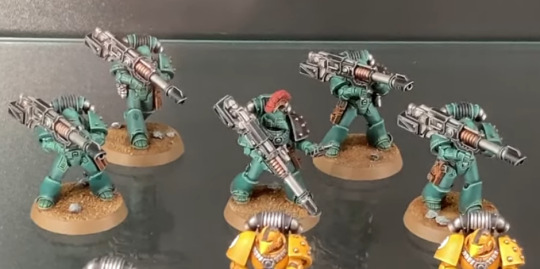


Scouring footage from the Horus Heresy Open Day and I am simply aswoon by the new shoulder-fired missiles, plasma and lascannon upgrades for the forthcoming beakies - every one of which sits atop the shoulder of the Marine operating it, making these compatible with your choice of 3d-printed Legion-specific shoulder pads.
Or, probably, Games Workshop’s forthcoming Legion upgrade packs, I guess. Do what you want, I’m not your space-dad.
But definitely do go and check out the full video that I pulled these glamor shots from. In that way, I am your space-dad.
#games workshop#citadel miniatures#warhammer 40k#warhammer 30k#horus heresy#age of darkness#adeptus astartes#legiones astartes#space marines#heretic astartes#chaos space marines#traitor legions#sons of horus#heavy weapon support squad#lascannon#plasma cannon#missile launcher
49 notes
·
View notes
Text
History Shorts: 10

This is a zweihänder sword, next to what I can assume is an archeologist analyzing his find.
These large two-handed used swords were used primarily in the late 1400s to the mid 1500s. They are not to be mistaken with the Claymore, which is different both in origin and size. The claymore is longer than the zweihänder.
They are European of course, where a trend had followed in creating massive swords. The zweihänder was found mostly used among Swiss and German mercenaries. A notable group being the Black Band, a massive German mercenary group.
The zweihänder ranged a good amount in size, usually always being over 1.4m (4���7″ ft.) long and weighing at least over 2 kg (4.4 lbs). There were much larger ones recorded going even up to 2.4m (8ft) long, and weighing around 6 kg (15lbs). Their size is why they must be wielded with two hands. The larger ones are for ceremonial practices.
The original wielder of the sword depicted in the picture above was Grutte Pier, a Frisian rebel and a warlord pirate. Also known as Pier Gerlofs Donia.
Grutte Pier was known for his superhuman strength. That name is simply a nickname meaning Great Pier. It is written that Pier was so strong he could behead several men at once with a single swing of sword, and bend coins with even his middle finger.
He was not the only unit like that known in his time period.

#dutch history#frisian history#frisia#frisian#zweihander#zweihänder#german history#1500s#1400s#16th century#swiss history#history#swords#weapon history#military history#dark ages#medevial#medevial era#weapons#big sword#grutte pier#pier gerlofs donia
5 notes
·
View notes
Text
me sobbing in eyrie hugging the twins so often
#they are quietly affectionate w a lot of the scions but the twins are just open affection#hair ruffling. shoulder pats. piggy back rides. princess carry. crown of the head kisses#and hugs! so many hugs!#ShB eyrie when them and alisaie beat that sin eater they really do#just drop their weapons and give her the biggest hug they can manage#like yes they’re still injured from the gimlyt dark and it hurts#but she hasn’t seen them in ages and more than that: eyrie broke the promise she made them make#it’s just one of those like big all encompassing hugs that leave you a big teary eyed yeah?#alpinaud got a hug as well. told about what happened w him#it’s that hug of I got your back we’re her together as we should it’ll all be alright now#oc: eyrie kisne
2 notes
·
View notes
Text
i got the 2 praetors and 10 corvus pattern boys built, so i got 30 more of those to go, the new land raider, redemptor, kratos tank, and 10 mk.III boys to go. oh golly
#5x with rotor cannons and 5x with volkite calivers in case anyone cares#and yes im doing the special weapons teams in groups of five dont @ me#i dont even kno if ur allowed to do 5 man teams of regular boys in HH#but they're my minis and i get to pick the squad sizes#worty thou#40k#warhammer 40k#horus heresy#warhammer 30k#30k#age of darkness#my stuff
2 notes
·
View notes